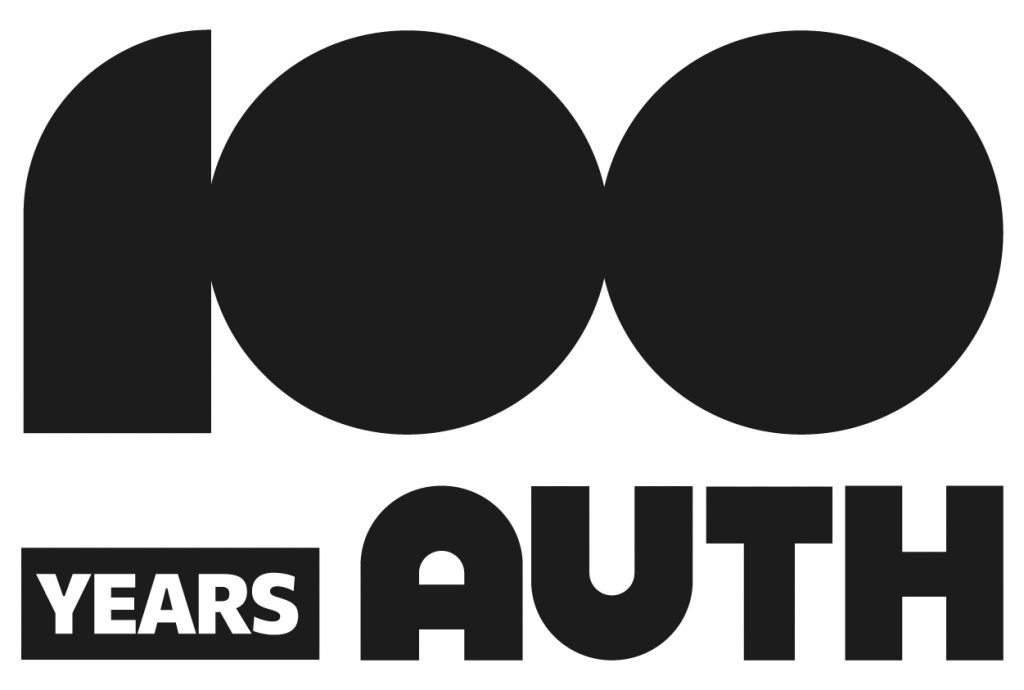The basics of Pharmaceutical Forms Research and Development are presented.
The properties of active pharmaceutical ingredients and excipients are examined, as well as the shaping strategies according to the specific characteristics of each material. The pathways of formulation and drug production are analyzed according to the desired technological and therapeutic properties of the final form. Formulation techniques are presented with examples of various forms of the three major categories: solid, semi-solid, and liquid pharmaceutical forms. Specifically, traditional shaping forms such as tabletting, granulation, preparation of soft and hard capsules, formation of creams and ointments, as well as more modern shaping techniques such as spheronization, spray drying, lyophilization, preparation of self-emulsifying forms, etc., are examined. The technological, pharmaceutical, and mechanical properties of pharmaceutical forms are studied to ensure their integrity during production, transportation, storage, and distribution to the patient, as well as to fulfill their final purpose for which they were designed. Significant interest is given to the behavior of pharmaceutical forms in the gastrointestinal tract (GIT) and the effect of their constituent materials on predicting the release and performance of the drug in the therapeutic target. Furthermore, students become familiar with the handling of laboratory equipment required for the shaping and control of final pharmaceutical forms.
Collection, recording, processing, and analysis of data with the help of computers.
a) Data collection and recording: Sensors, connecting sensors to data acquisition systems, signal recording.
b) Data processing and analysis: (i) Experimental designs and analysis programs. Types and selection of appropriate factorial designs. Multiple linear regression and model fitting estimation (statistical inference). Analysis of variance of multiple variables (MANOVA) and methods of variable grouping. Response surface and process optimization methods. Applications in Pharmaceutical Technology using statistical and graphical supporting programs (IBM® SPSS®, Microsoft® Excel, Stata®, SigmaPlot®, Origin® and DesignExpert®, as well as open-source programs (Jamovi, JASP, OpenNN, etc.). (ii) Data analysis with the help of Artificial Neural Networks. Theoretical elements. Types of neural networks. Available simulation programs for neural networks. (iii) Exploratory Data Analysis. Methods of result analysis based on graphical representation of data (Data Visualization). Static data visualizations – newer techniques. Dynamic graphical representations with interactivity capability (Interactive Dynamic Graphics).
This course focuses on the fundamental principles of cGMP, Lean Thinking, and Continuous Manufacturing of Pharmaceutical Dosage Forms. It also covers the development of novel dispersion systems for pharmaceutical applications, the incorporation of drug substances into dispersion systems, manufacturing processes for transdermal and inhaled drug delivery systems, studies of drug release from dispersion systems, studies of drug permeation through membranes, an introduction to controlled release systems, the impact of drug properties and routes of administration on the design of controlled and sustained release systems, polymers and their use in sustained release systems, routes of administration (per os, transdermal, ophthalmic, parenteral, implantable) of pharmaceutical products, liposomes-microspheres, novel chemical approaches for sustained drug delivery, and the design of a stability testing framework for pharmaceutical products and the estimation of their shelf life and degradation kinetics under various accelerated stability conditions.
This course focuses on the fundamental principles of natural product technology and processing. It covers a wide range of topics, including:
- Raw materials of natural products
- Physical processes and processing technologies applied to various plant materials
- Plant material processing equipment
- Microencapsulation techniques for natural products to mask undesirable organoleptic properties
- Development of products with functional characteristics for specific therapeutic targets
- Sterile product manufacturing
- Methods for obtaining high-value-added secondary products
- Quality control and analysis of raw materials and final products
- Application of specialized analytical methods for the evaluation and control of sensitive natural, biological, and cosmetic products
- Formulation and uses of secondary products
- Elements of anatomy and physiology of the skin, hair, and teeth
- Natural product cosmetic formulations
This course focuses on the fundamental principles of pharmaceutical business and regulatory affairs. It covers a wide range of topics, including:
- Pharmaceutical entrepreneurship and the role of business philosophy and innovation
- Health economics and pharmacoeconomic study models
- Pharmaceutical product licensing
- National and international regulatory authorities (EOF, FDA, EMA)
- Components and writing of dossiers (files) submitted with the Marketing Authorization Application
- Pharmaceutical product approval pathways
- Types of applications
- Post-market surveillance of pharmaceutical products
- The journey of the drug after launch
- Patenting at national and international level
This course focuses on advanced pharmaceutical technologies and emerging manufacturing techniques with a specific emphasis on their application in the development and production of pharmaceutical dosage forms. It covers a wide range of topics, including:
Characterization of raw materials:
- Dynamic moisture sorption methodology
- X-ray diffraction
- Thermal analysis
- Vibrational spectroscopy (ATR-FTIR, Raman)
Quality factors in pharmaceutical manufacturing:
- Factors influencing the quality of pharmaceutical products during unit operations
- Process control and quality assurance strategies
Manufacturing of solid dosage forms:
- Specific topics on the preparation of solid dosage forms (capsules, tablets, spheroidized granules, etc.)
- Formulation principles and manufacturing techniques
- Quality control and stability testing
Emerging technologies:
- 3D printing
- Electrospinning
- Hot-melt extrusion
- Nanocrystallization
- Microfluidics
- Solid dispersions
Stability of amorphous pharmaceutical dispersions:
- Physical and chemical stability considerations for amorphous drug delivery systems
- Stabilization strategies to prevent physical instabilities and degradation
Regulatory framework for emerging technologies:
- Regulatory considerations for the introduction of emerging technologies into pharmaceutical manufacturing
- Regulatory pathways and guidelines for approval of products manufactured using emerging technologies
Bioavailability and bioequivalence assessment:
- In vitro and in vivo evaluation of bioavailability and bioequivalence of pharmaceutical products from emerging technologies
- Correlation between in vitro and in vivo performance
Innovative applications of emerging technologies:
- Review of current literature on innovative applications of emerging technologies in pharmaceutical development and manufacturing
- Case studies of successful applications of emerging technologies


